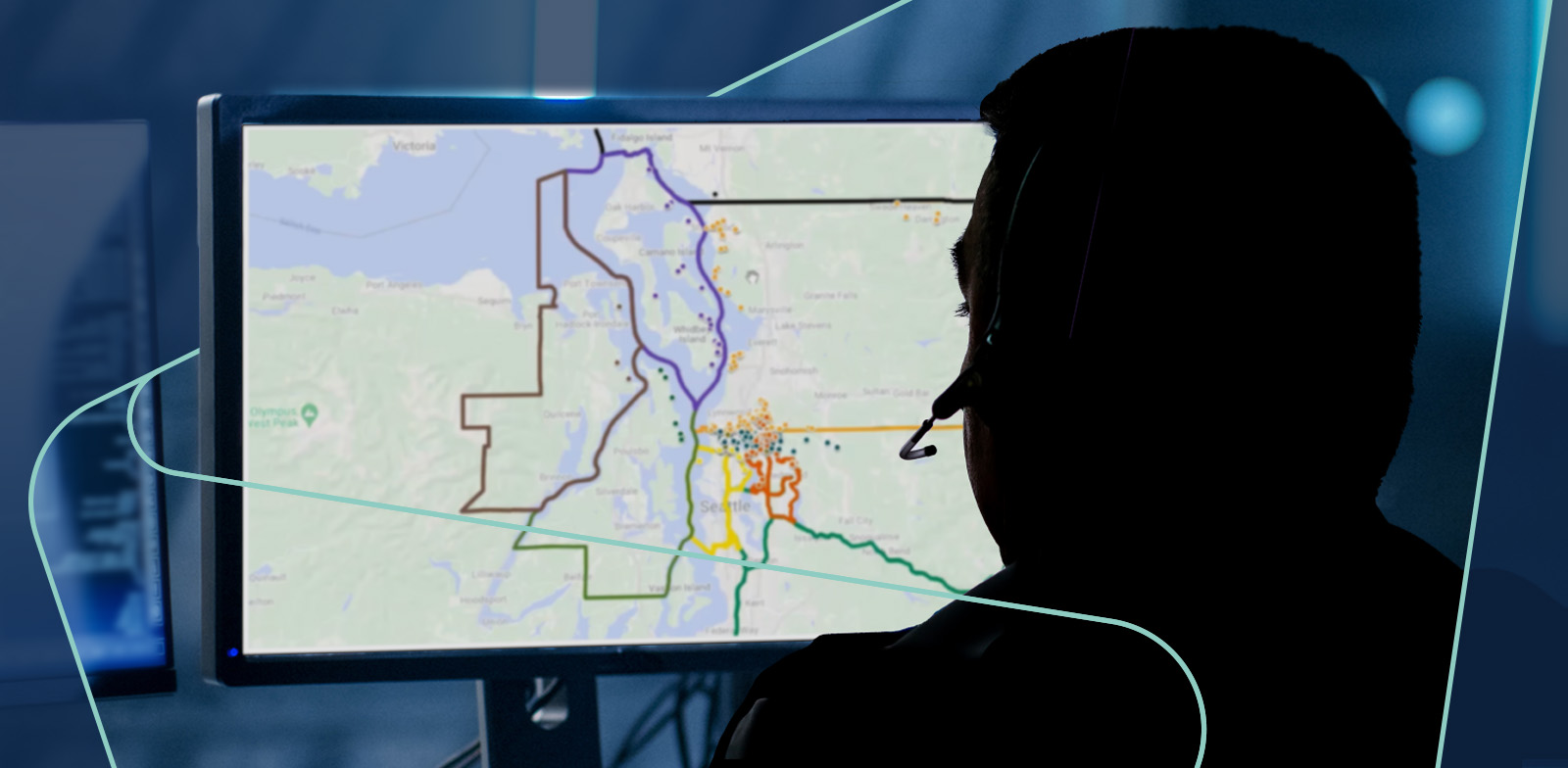Location-Based Routing Compliance Set by FCC - Are You Ready?
Location-Based Routing (LBR) just got more real. The compliance timeline has been set.
Wireless Routing Analysis (WRA) is a groundbreaking way to tie disparate data points together. WRA incorporates call detail record elements from the call handling equipment with wireless cell sector data and jurisdictional shape files. These data points surface as insights that help determine problem areas for solving wireless transfers while reducing unnecessary operational efforts.
As exciting as this can be, WRA and a customer in need helped us identify yet another problem that we knew we could solve. Routing issues lead to transfers, but the routing sheet approval process is meant to help resolve this. The routing sheet approvals, even to the folks who specialize in them, are a tedious and time-consuming process.
Part of the problem with the process is the way the data arrives. Inherently, the spreadsheet provides a lot of data, but wouldn’t it be better served on a map? And even on a map, how does the suggested tower setup pair with jurisdictional layouts? Users end up with at least a couple different windows laid out on one or more computer screens.
Still, that might not give you the confidence that you have all of the right information to make an informed decision. The additional data elements ECaTS built into the WRA reporting suite are important, but the user interface is also an important consideration. How do we consolidate all of this data into a single screen? And how do users know they’re getting the right data for informed decision-making?
WRA parses out the necessary data points from the routing sheet but more importantly, we’ve included a map-view that incorporates all your available shape files and the routing information. Users see where the tower is located, the beam width, and directionality, and much more. The determination is nearly immediate. This is all possible because your data really can do a lot for you.
But wait – there’s more! We’re helping to take the effort out of uploading the routing sheets (via email and/or an API)-delivering them straight into the tool. We also track the interactions for workflow audits. The original report suite will also be stored in the toolset alongside future enhancements.
Once the data is defined, organized, and paired together in meaningful ways, the potential for accuracy, speed and efficacy is powerful!
This might be the tool that you’re looking for – the one that reduces time and tedium – and makes the ECaTS reporting solution suite a good match for you.

Location-Based Routing (LBR) just got more real. The compliance timeline has been set.

As wireless technologies continue to emerge and evolve in 2022, Intrado has been busy keeping up with and ahead of these advancements while also...

In case you missed our exciting, industry-first announcement, Intrado recently collaborated with AT&T to launch location-based routing for wireless...

Intrado recently launched its location-based routing feature for wireless 911 callers, Locate Before Route. This new industry-first technology...